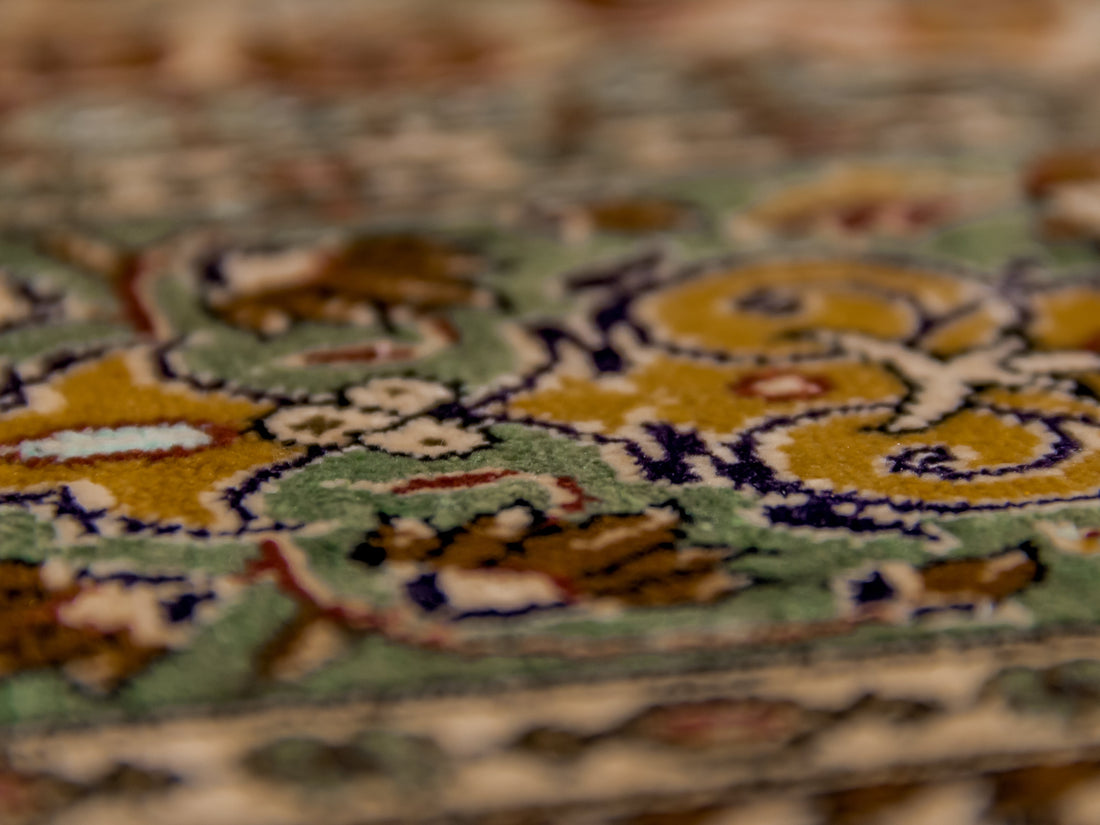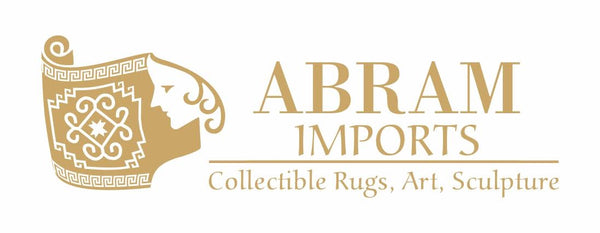
How to Identify Authentic Handmade Oriental Rugs
Share
Handmade oriental rugs are cherished for their intricate craftsmanship, unique designs, and cultural significance. However, distinguishing an authentic handmade rug from a machine-made or counterfeit one can be challenging, especially for first-time buyers. Knowing what to look for can ensure that you invest in a genuine piece that adds timeless beauty and value to your home. Here are some tips to help you identify authentic handmade oriental rugs.
1. Examine the Knots
The most reliable way to determine if a rug is handmade is by examining its knots. Handmade rugs are knotted individually, resulting in slight variations and imperfections that showcase human craftsmanship. Here’s how to check:
- Flip the Rug Over: Look at the backside of the rug. In handmade rugs, you’ll see the individual knots and an uneven texture.
- Check Knot Density: Handmade rugs often have a higher knot density (knots per square inch), contributing to their durability and detail. Machine-made rugs may have uniform knots or a grid-like backing.
2. Look for Imperfections
Authentic handmade rugs often have slight irregularities in their design or shape, as they are woven by hand. These imperfections are a hallmark of authenticity and add to the rug’s charm. Machine-made rugs, on the other hand, are usually flawless and overly uniform.
3. Inspect the Edges and Fringes
The edges and fringes of a rug can tell you a lot about its origin:
- Handmade Rugs: The fringe is an extension of the rug’s foundation threads and is knotted or sewn by hand.
- Machine-Made Rugs: The fringe is often sewn on separately and may look too perfect or synthetic.
4. Check the Material
The materials used in authentic handmade rugs are typically natural and high-quality, such as:
- Wool: The most common material, known for its durability and softness.
- Silk: Found in finer, more expensive rugs, silk adds a luxurious sheen.
- Cotton: Often used for the foundation threads.
Machine-made rugs often use synthetic fibers like polyester or nylon, which lack the texture and durability of natural materials.
5. Analyze the Colors
Authentic handmade rugs are dyed using natural dyes derived from plants, insects, and minerals. These dyes create rich, vibrant colors that age beautifully over time. To check:
- Rub the Surface: Lightly rub a damp cloth on the rug. Natural dyes typically do not bleed, whereas synthetic dyes might.
- Inspect Color Variations: Handmade rugs often have slight color variations, known as "abrash," which occur naturally during the dyeing process.
6. Assess the Design
Handmade oriental rugs often feature intricate, asymmetrical designs with cultural and regional significance. Machine-made rugs might attempt to replicate these patterns but lack the depth and artistry of handwoven designs. Look for:
- Complexity: Handmade rugs have detailed, intricate patterns that can take months or years to complete.
- Symbolism: Many authentic rugs include motifs with cultural or historical meanings.
7. Ask About the Rug’s Origin
Authentic oriental rugs come from specific regions known for their weaving traditions, such as Persia (Iran), Turkey, India, and Afghanistan. When purchasing, ask the seller for details about the rug’s origin and ensure they provide certificates of authenticity or provenance if available.
8. Seek Expert Guidance
If you’re unsure about a rug’s authenticity, consult an expert or a reputable rug dealer. They can provide insights into the rug’s materials, craftsmanship, and value.
9. Avoid Unrealistic Prices
Authentic handmade oriental rugs require significant time and skill to produce, making them more expensive than machine-made alternatives. Be cautious of deals that seem too good to be true, as they may indicate counterfeit or low-quality rugs.
Why Buy Authentic Handmade Rugs?
Investing in an authentic handmade oriental rug means owning a piece of art that embodies tradition, craftsmanship, and cultural heritage. These rugs often appreciate in value over time and can become cherished heirlooms passed down through generations.
Identifying an authentic handmade oriental rug requires attention to detail, a bit of research, and sometimes expert advice. By examining the knots, materials, colors, and craftsmanship, you can confidently choose a genuine piece that reflects the artistry and legacy of its makers.
At Abram Imports Rug Store, we specialize in authentic handmade rugs from Persia, Turkey, and India. Our curated collection showcases the finest craftsmanship and ensures you receive a genuine piece that enhances your home. Visit us online or in-store to explore our range and learn more about the timeless beauty of handmade oriental rugs.

